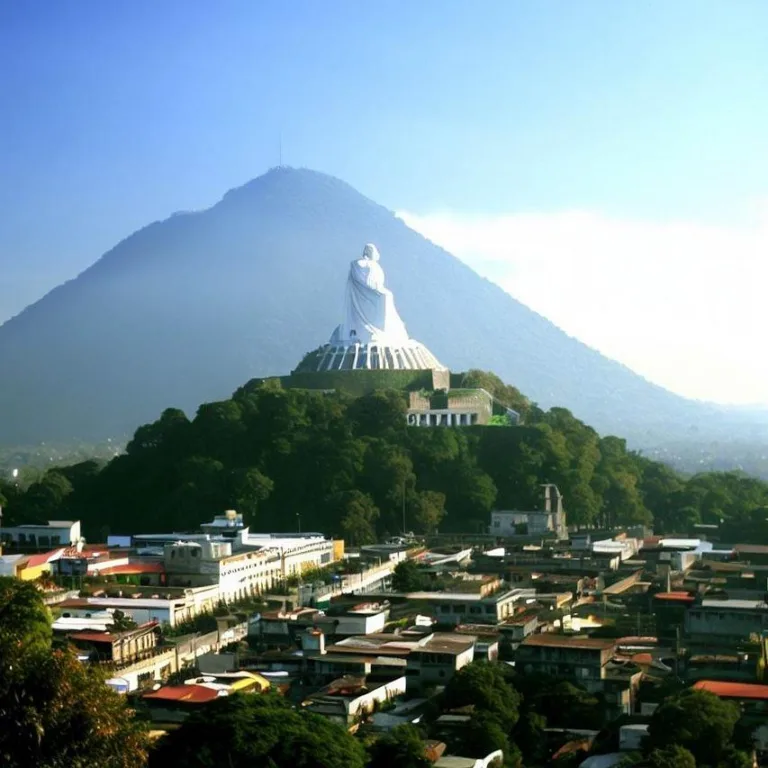Welcome to the bustling and vibrant city of San Salvador, the capital and largest city of El Salvador. Nestled in the heart of Central America, San Salvador is a city that beautifully combines history, culture, and modernity. With its rich heritage, diverse attractions, and warm hospitality, San Salvador offers a captivating experience for both locals and travelers alike.
A glimpse into san salvador’s history
San Salvador holds a storied history that dates back centuries. Founded in 1525 by Spanish conquistador Pedro de Alvarado, the city has witnessed the rise and fall of empires, the struggle for independence, and the journey towards modernization. Today, traces of its history are visible in its architecture, museums, and cultural landmarks.
Embracing culture and arts
As you explore the city, you’ll find yourself immersed in a cultural tapestry that showcases the fusion of indigenous roots and Spanish influences. The National Palace, with its impressive neoclassical facade, stands as a testament to the city’s historical importance. Inside, you’ll discover the National Museum, which houses an extensive collection of artifacts that chronicle El Salvador’s past.
The arts thrive in San Salvador, and the city boasts numerous galleries and theaters. The Teatro Nacional is a grand example of architectural brilliance, hosting performances ranging from classical music to contemporary theater.
Discovering natural wonders
Beyond its urban landscape, San Salvador is surrounded by breathtaking natural beauty. The Boquerón Volcano offers an exhilarating hike to its summit, rewarding visitors with panoramic views of the city and its picturesque surroundings. The Joya de Cerén Archaeological Site, a UNESCO World Heritage site, provides a glimpse into ancient life with its remarkably preserved ruins.
Indulging in culinary delights
No visit to San Salvador is complete without savoring its delectable cuisine. The city’s bustling markets and street stalls offer a plethora of flavors, from pupusas—stuffed tortillas—to traditional Salvadoran tamales. You’ll find a delightful blend of indigenous ingredients and Spanish culinary techniques that create a unique and unforgettable dining experience.
Modern sophistication
While rooted in its history, San Salvador is also a modern metropolis. Its vibrant nightlife, shopping centers, and contemporary art scenes cater to both locals and a growing international community. The Zona Rosa district is known for its upscale boutiques, trendy cafes, and lively bars where you can experience the city’s modern energy.
Frequently Asked Questions (FAQs)
1. Is San Salvador safe for tourists?
Like any urban destination, it’s important to exercise caution and stay informed about local conditions. While San Salvador has made efforts to enhance safety and security, it’s advisable to stay in well-traveled areas and follow local advice.
2. What is the best time to visit?
The dry season, from November to April, is generally considered the best time to visit. The weather is pleasant, and outdoor activities are more enjoyable during this period.
3. How do I get around the city?
San Salvador offers various modes of transportation, including buses, taxis, and ride-sharing services. It’s recommended to use reputable services and negotiate fares beforehand.
4. Are credit cards widely accepted?
While credit cards are accepted in many establishments, it’s advisable to carry cash, especially when visiting local markets or smaller shops.
5. What language is spoken in San Salvador?
The official language is Spanish. While some locals may speak English, having some basic knowledge of Spanish can enhance your travel experience.
Immerse yourself in the vibrant tapestry of San Salvador—where history, culture, and modernity intertwine to create an unforgettable journey. Explore its historic sites, indulge in its culinary wonders, and embrace the warmth of its people. Discover a city that continues to evolve while staying deeply rooted in its past.
Viz také:






